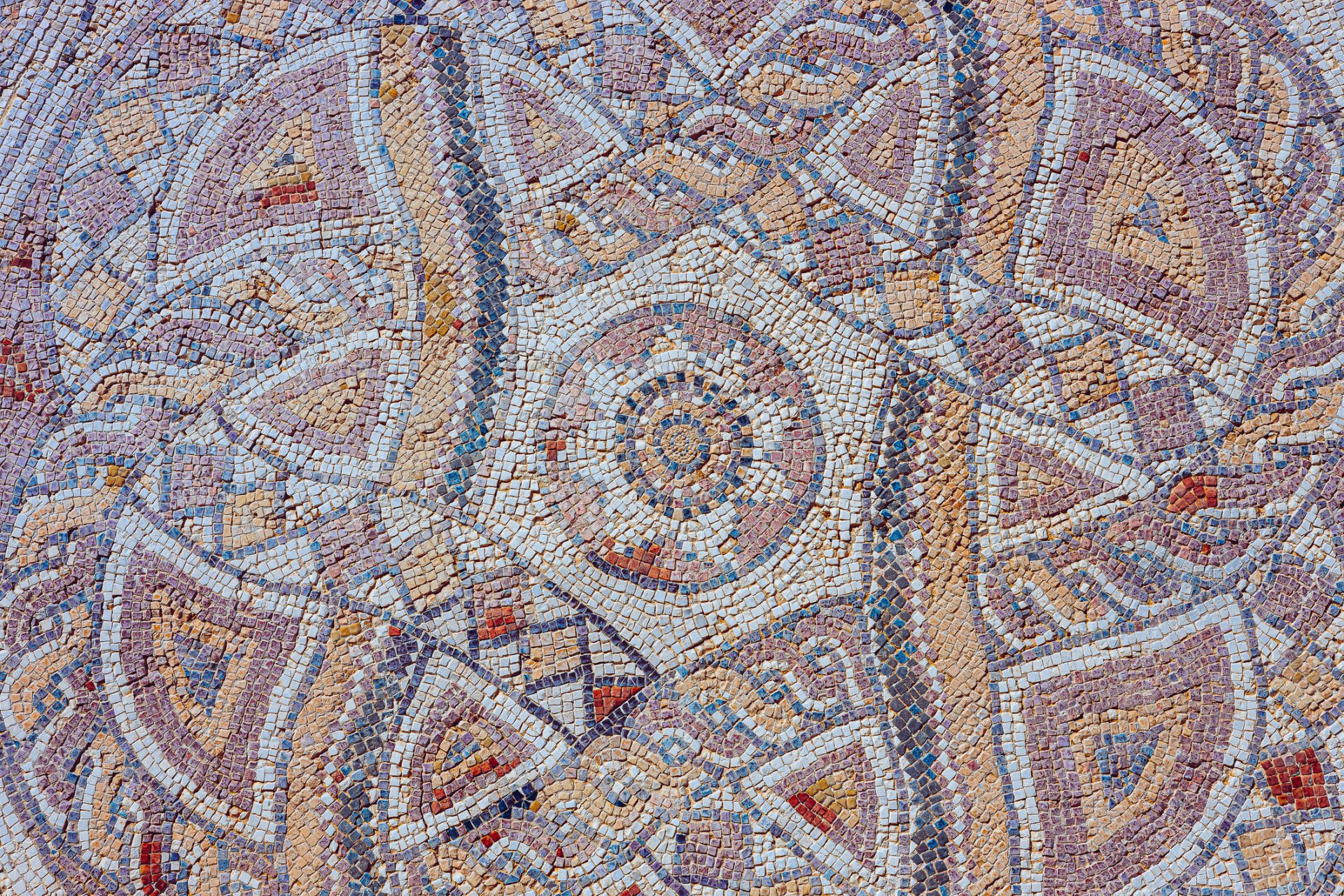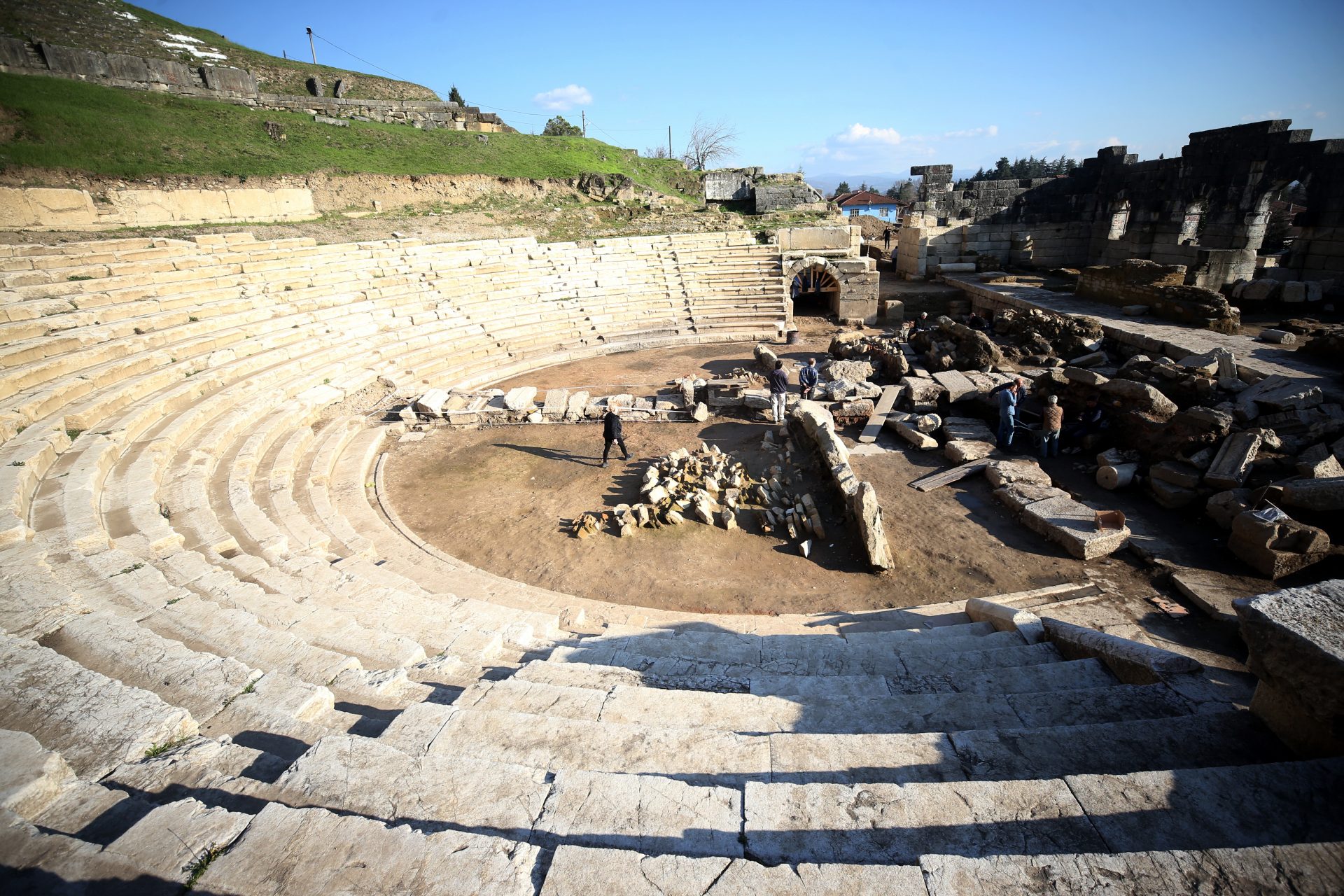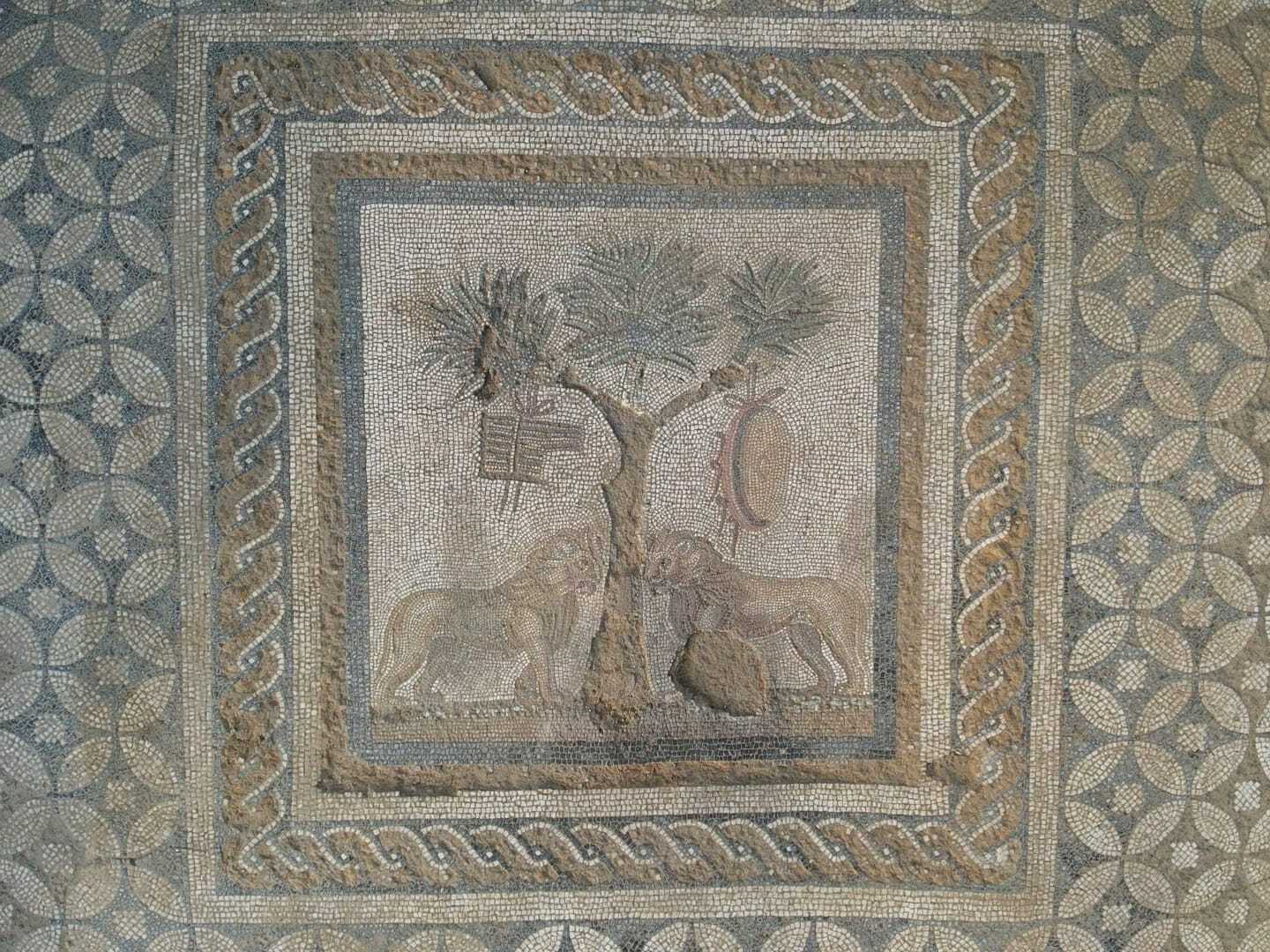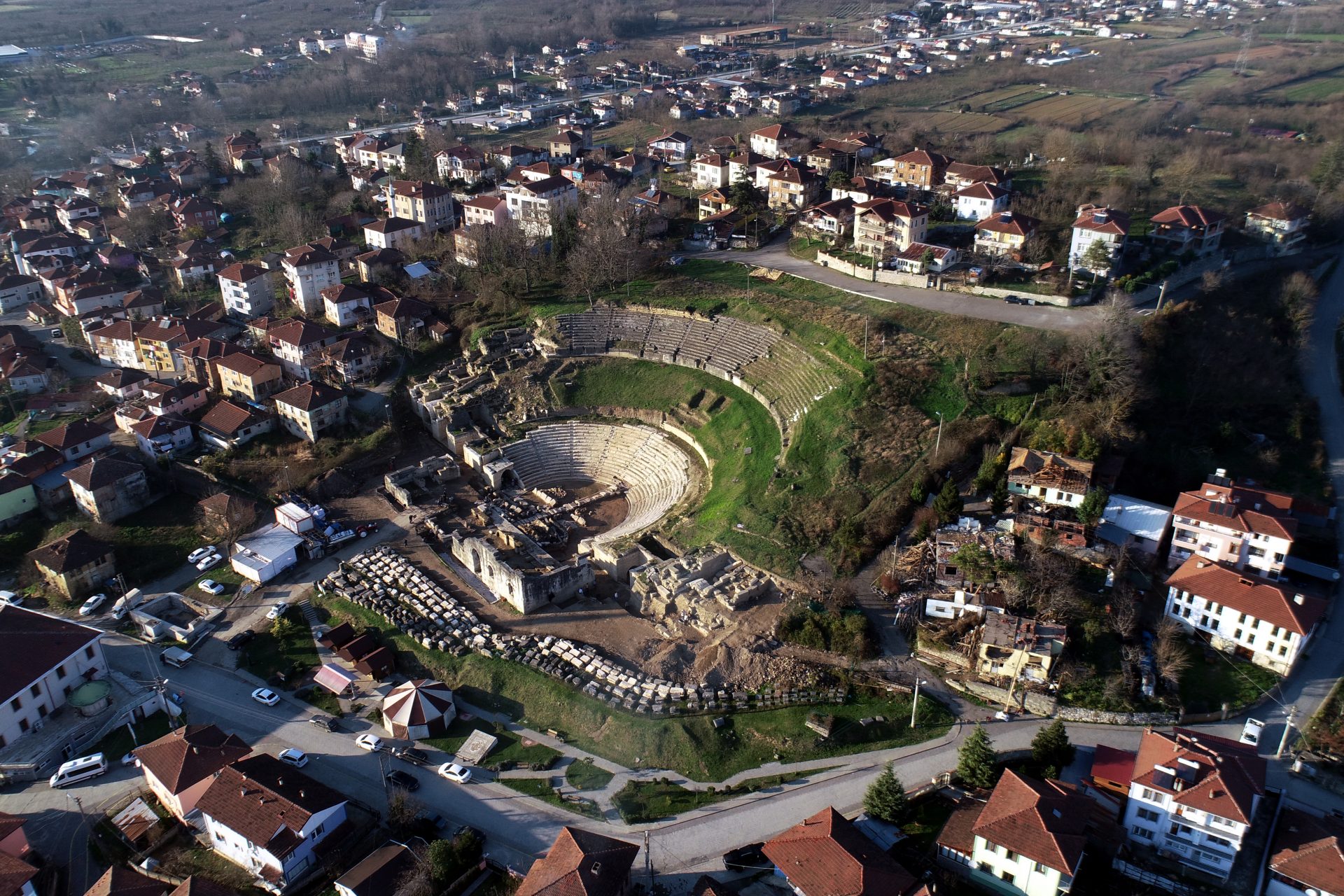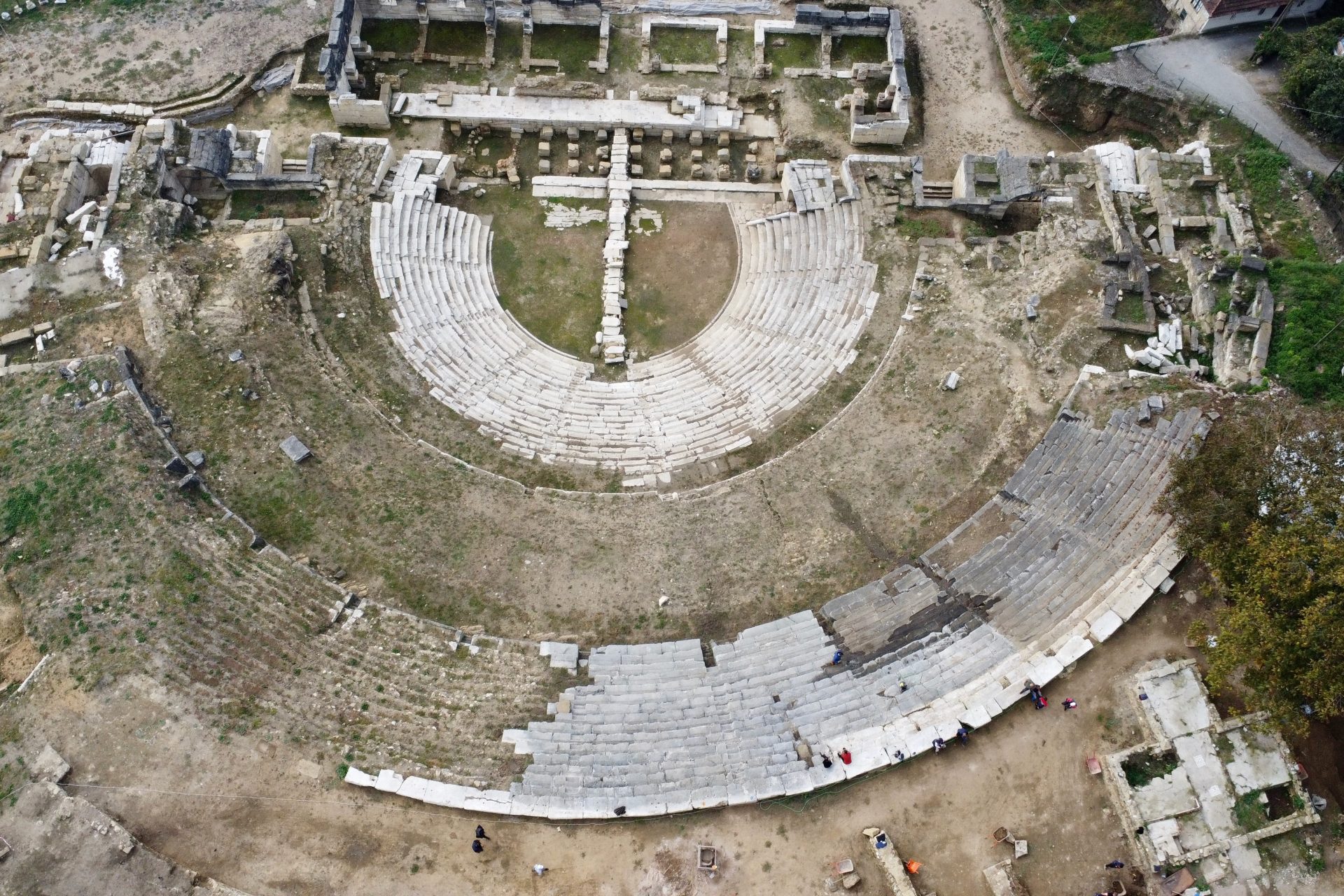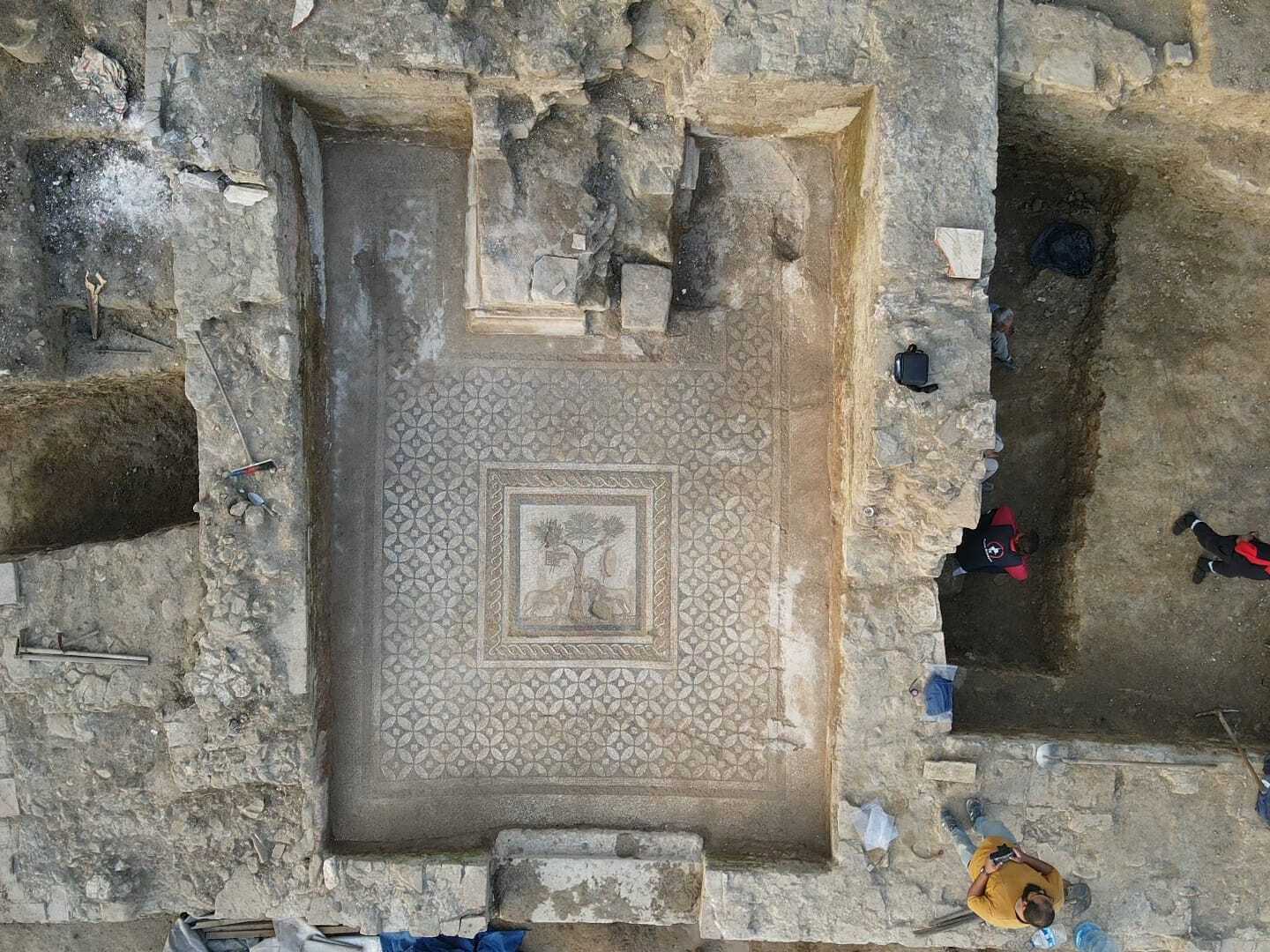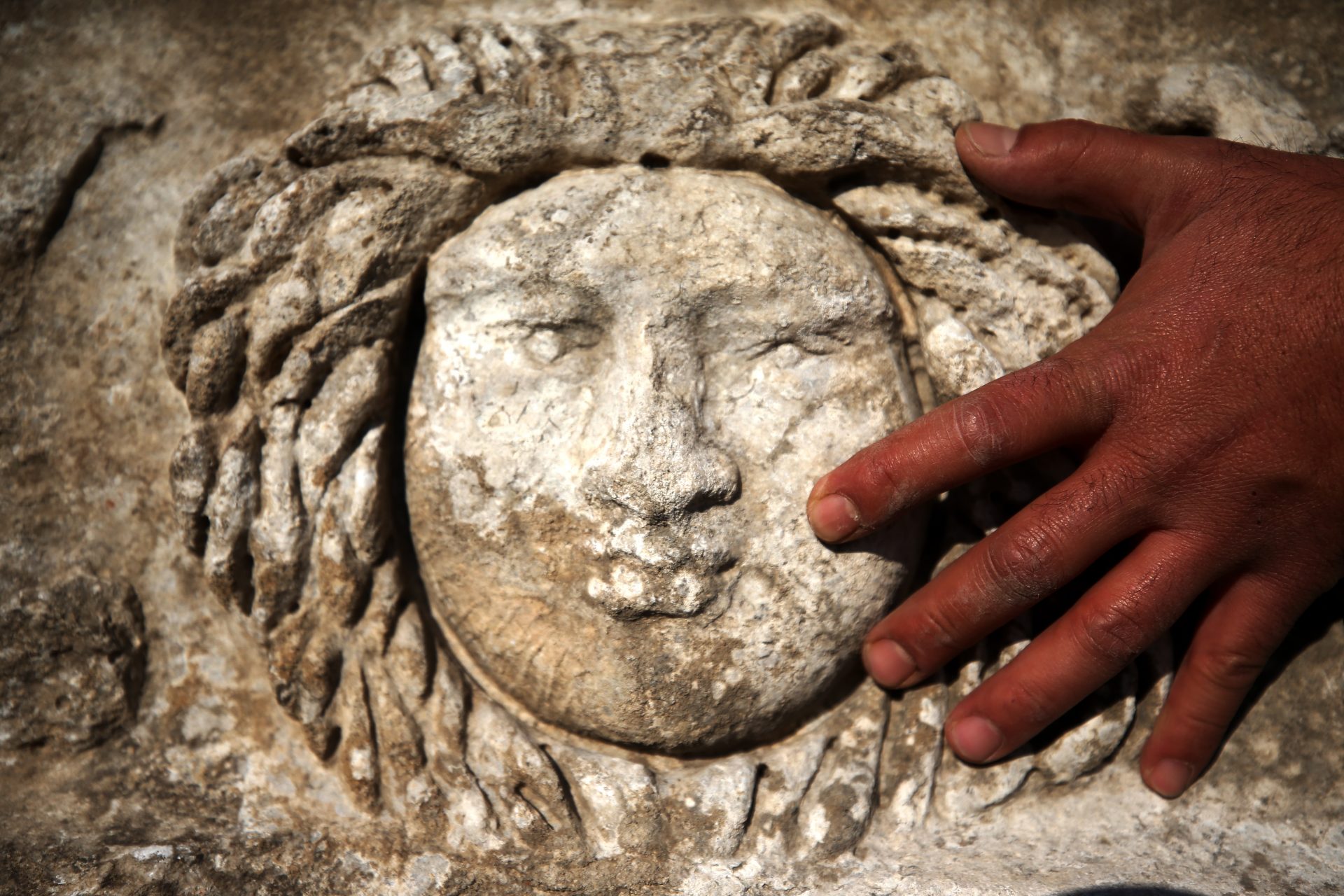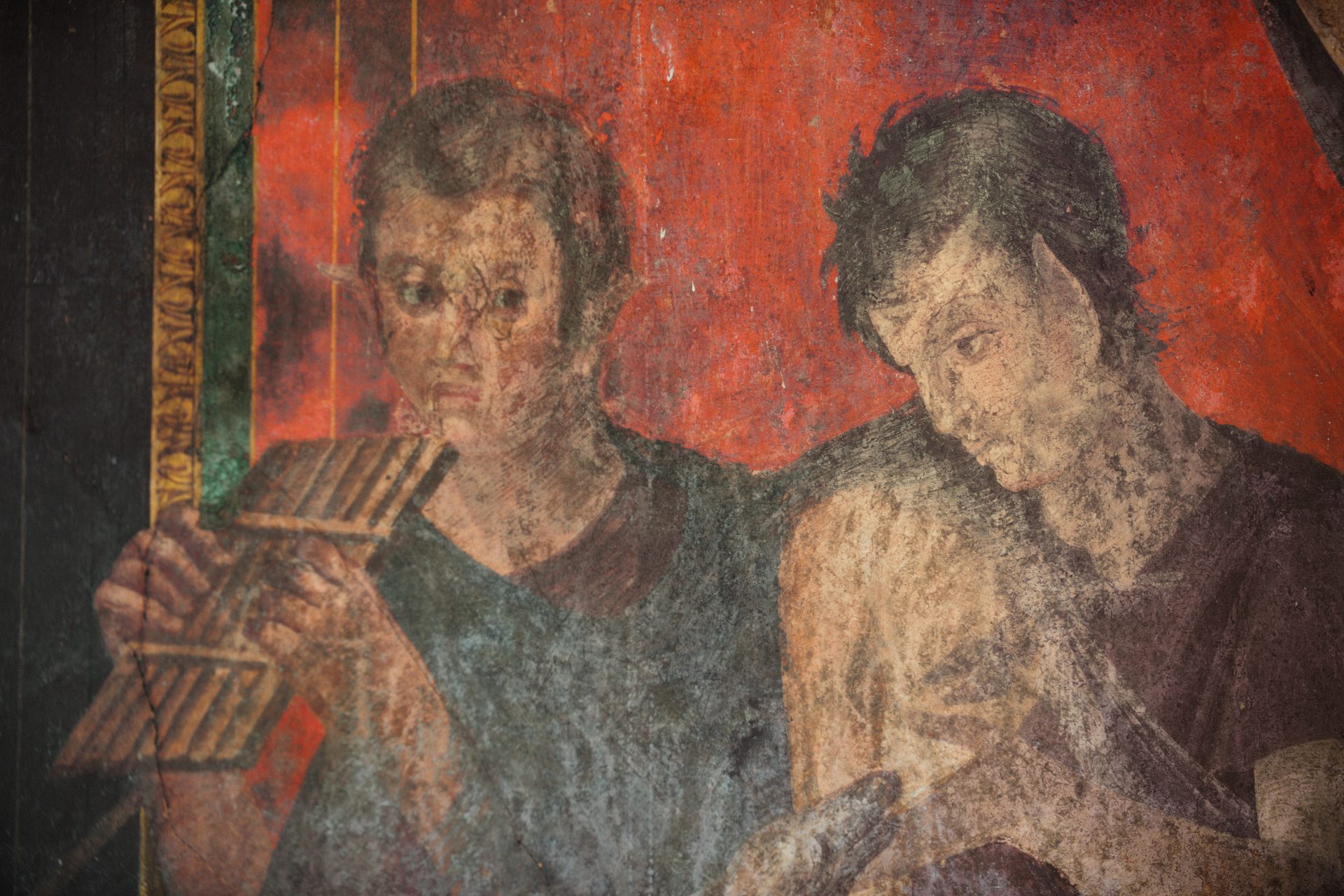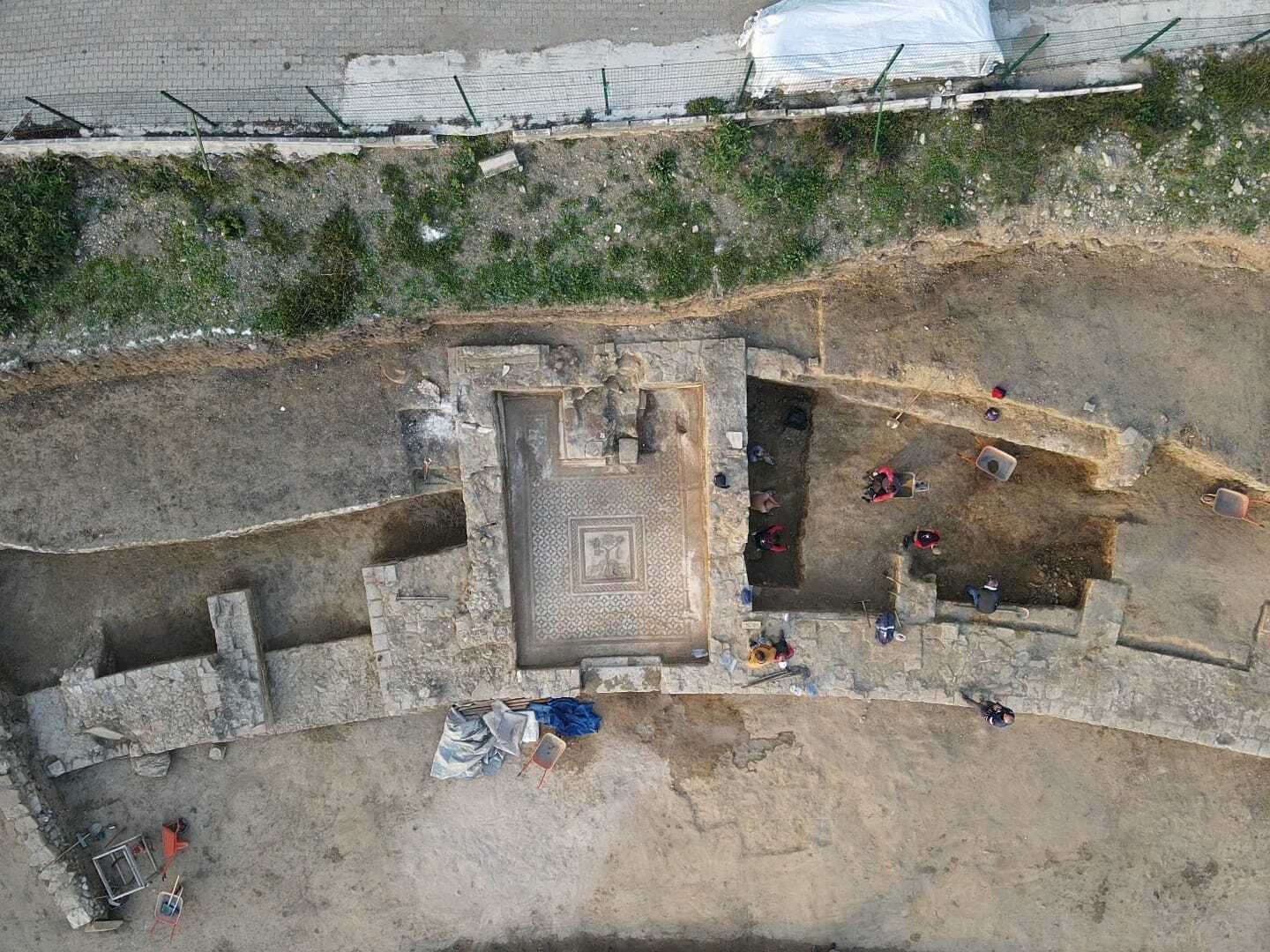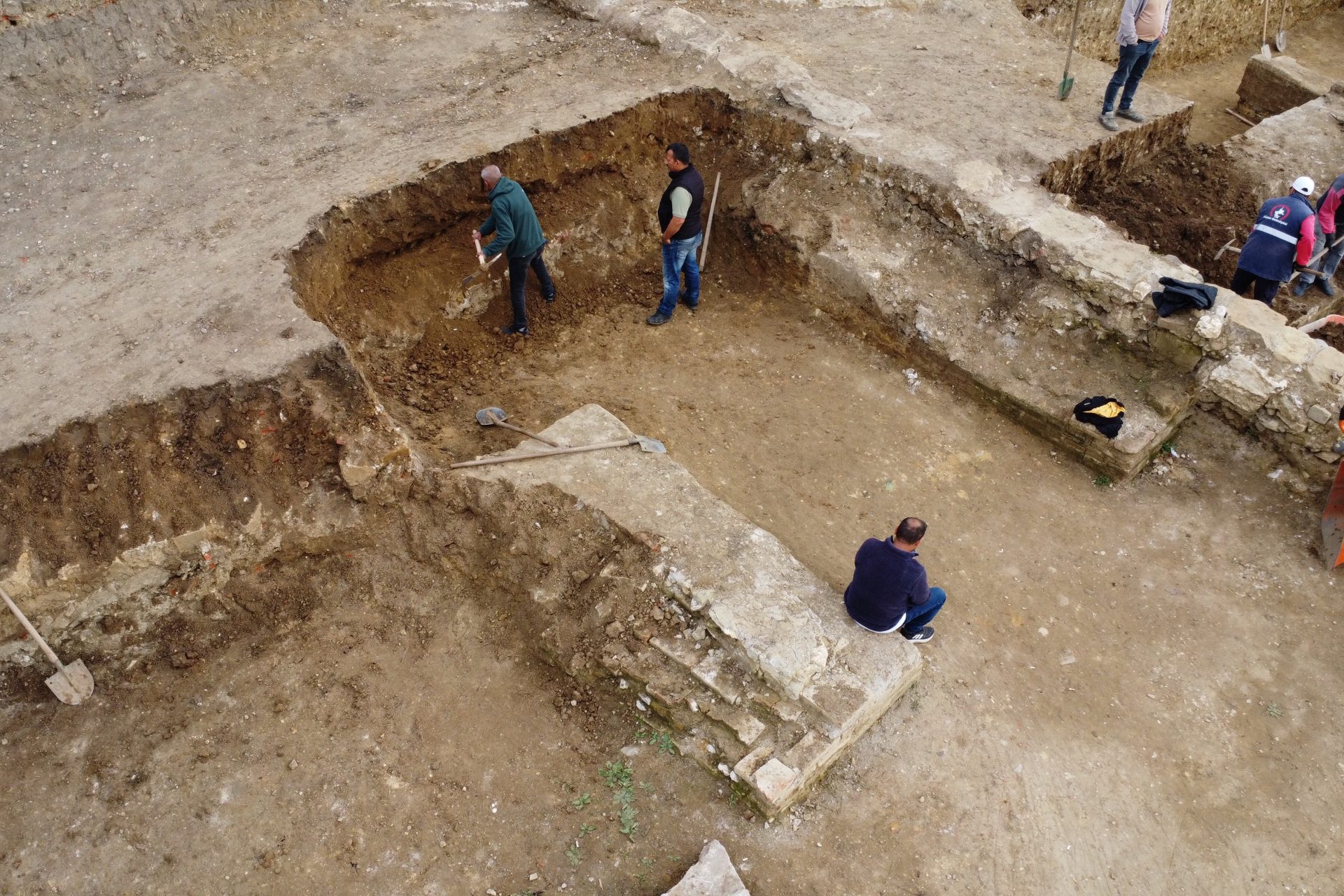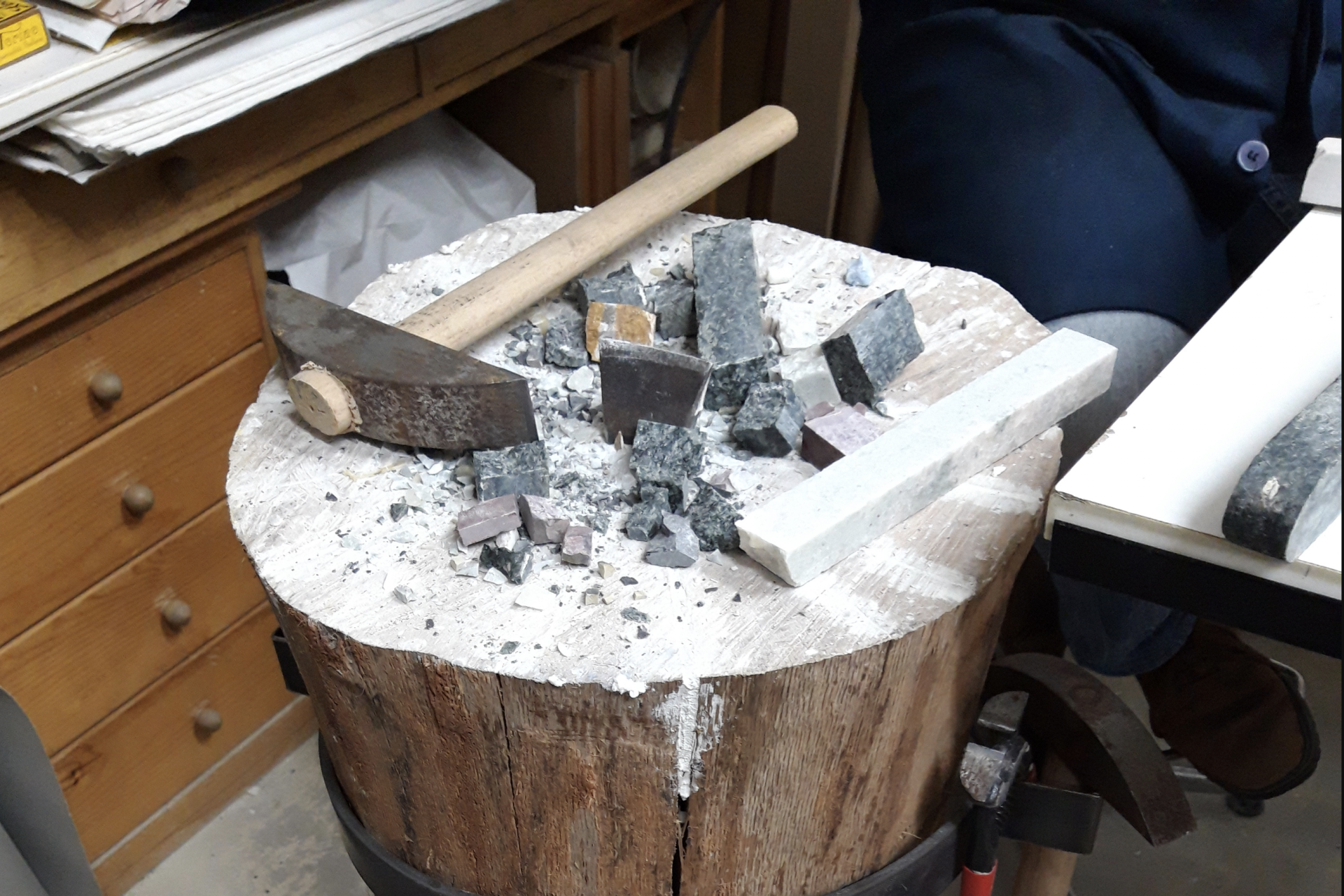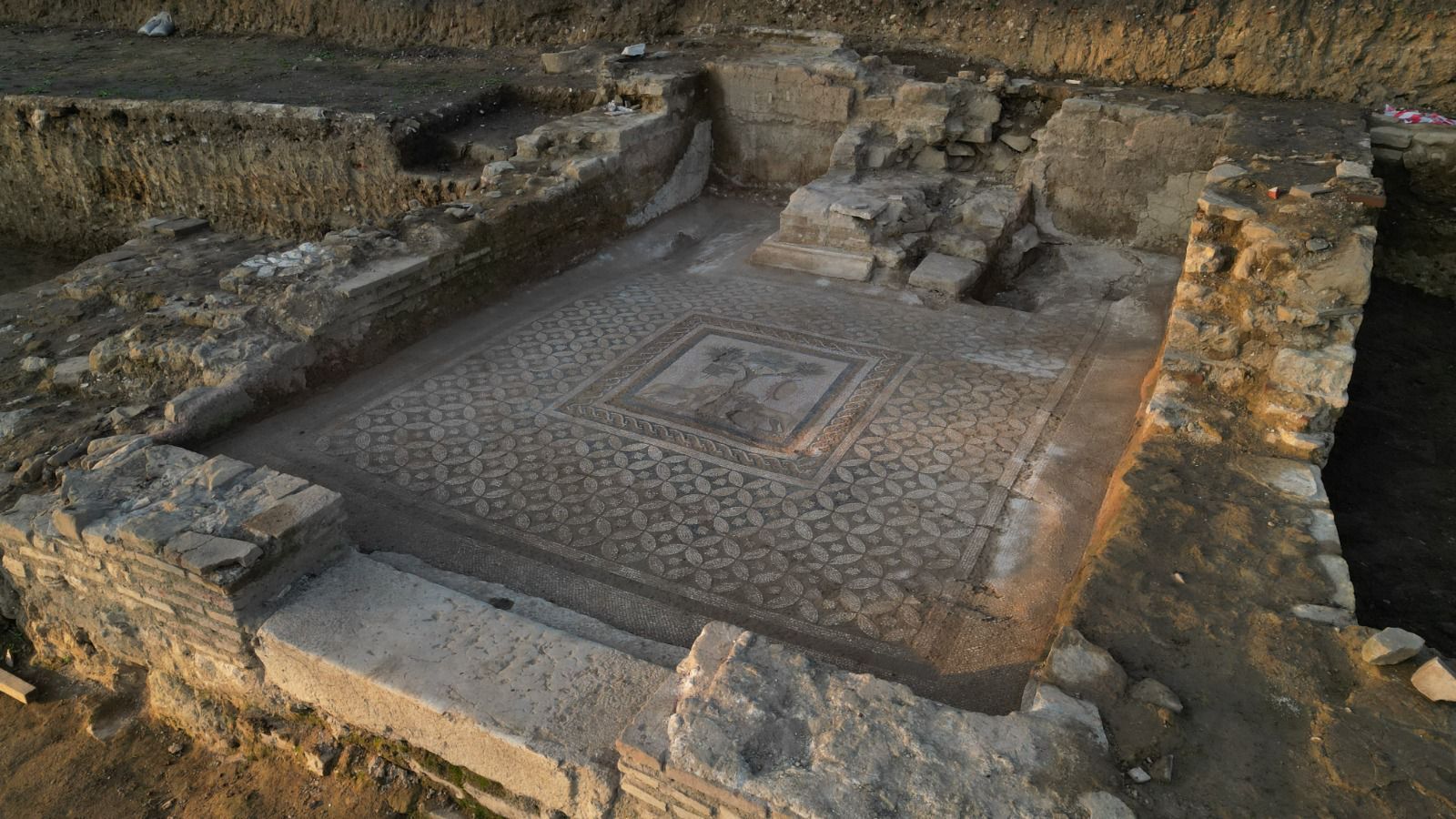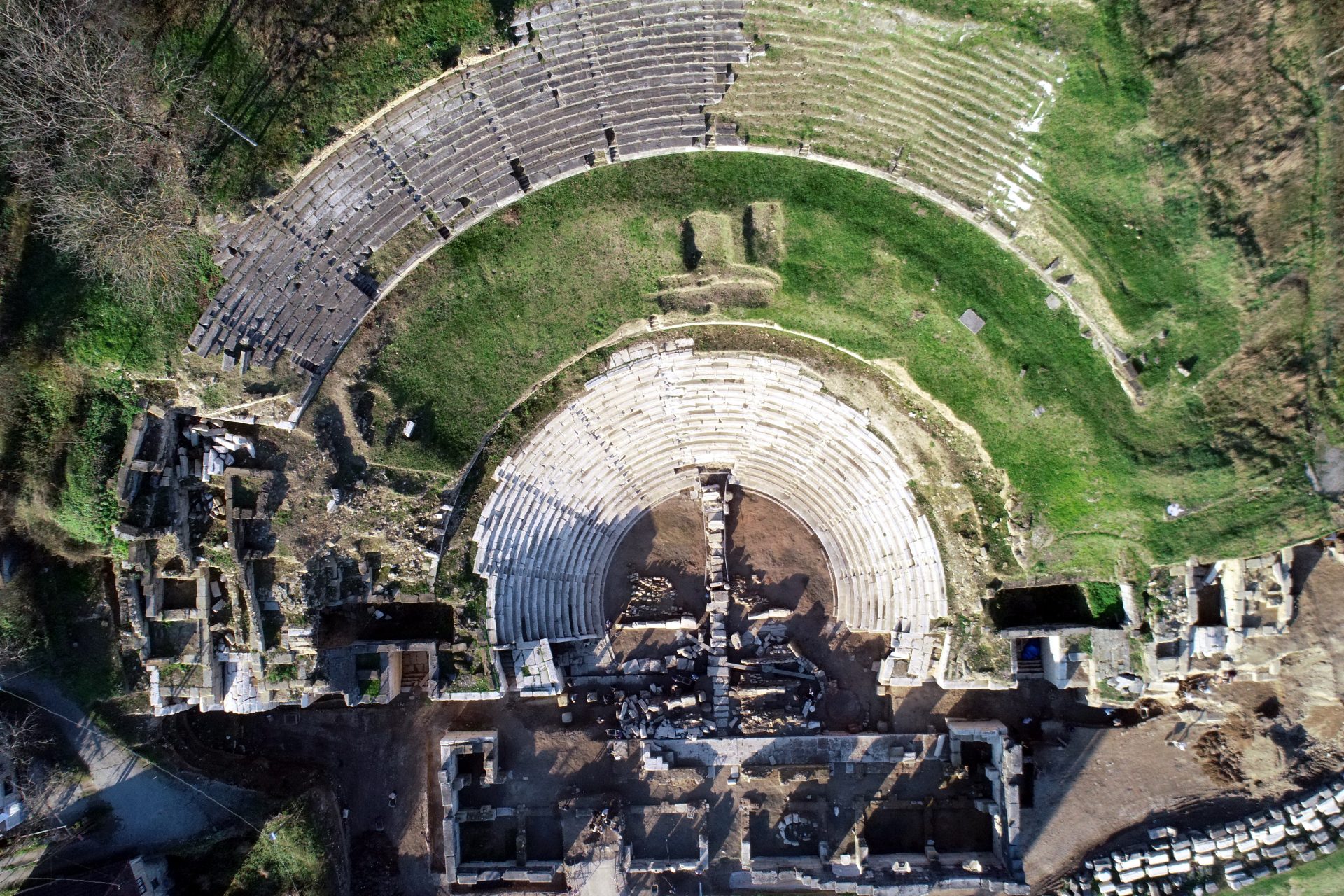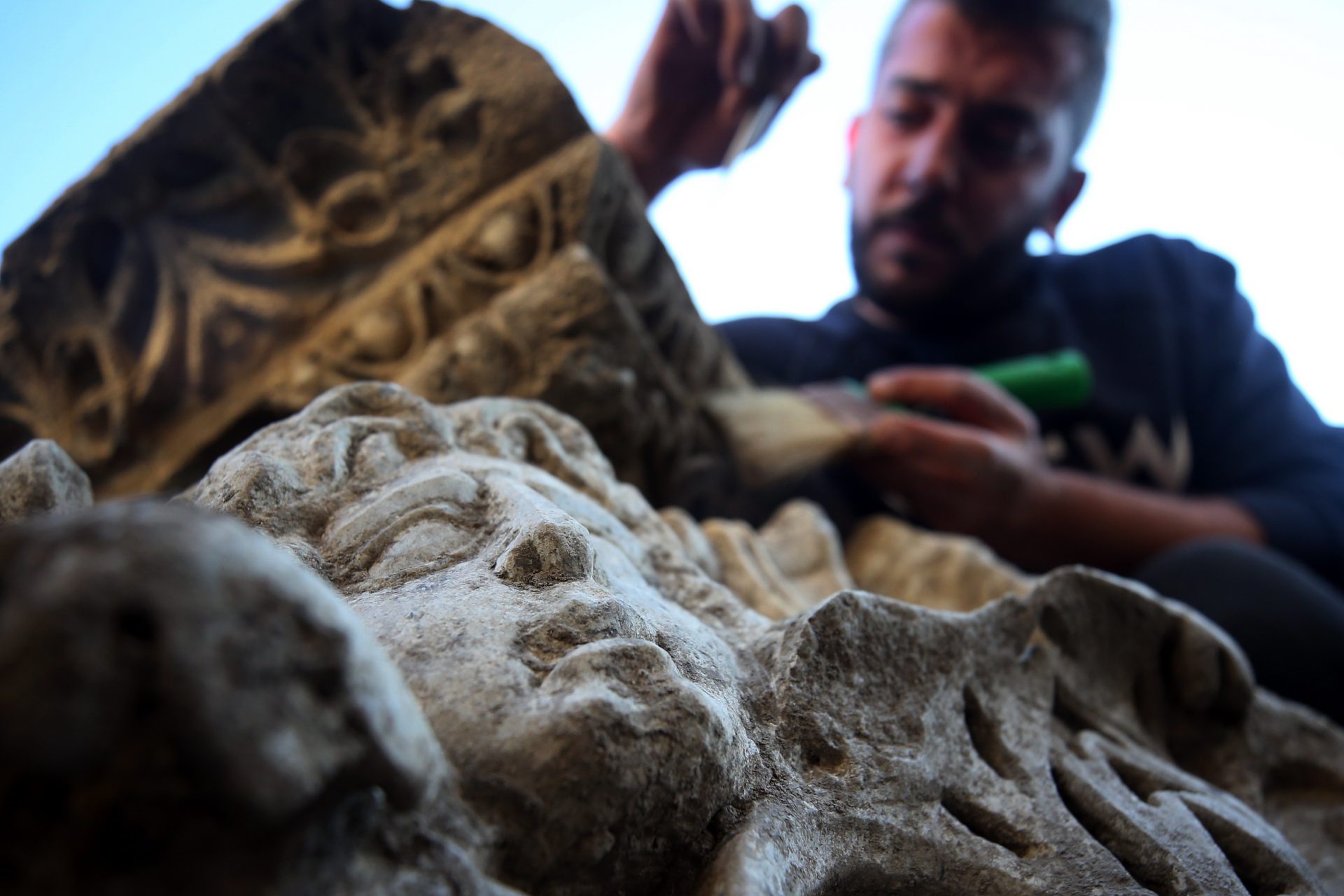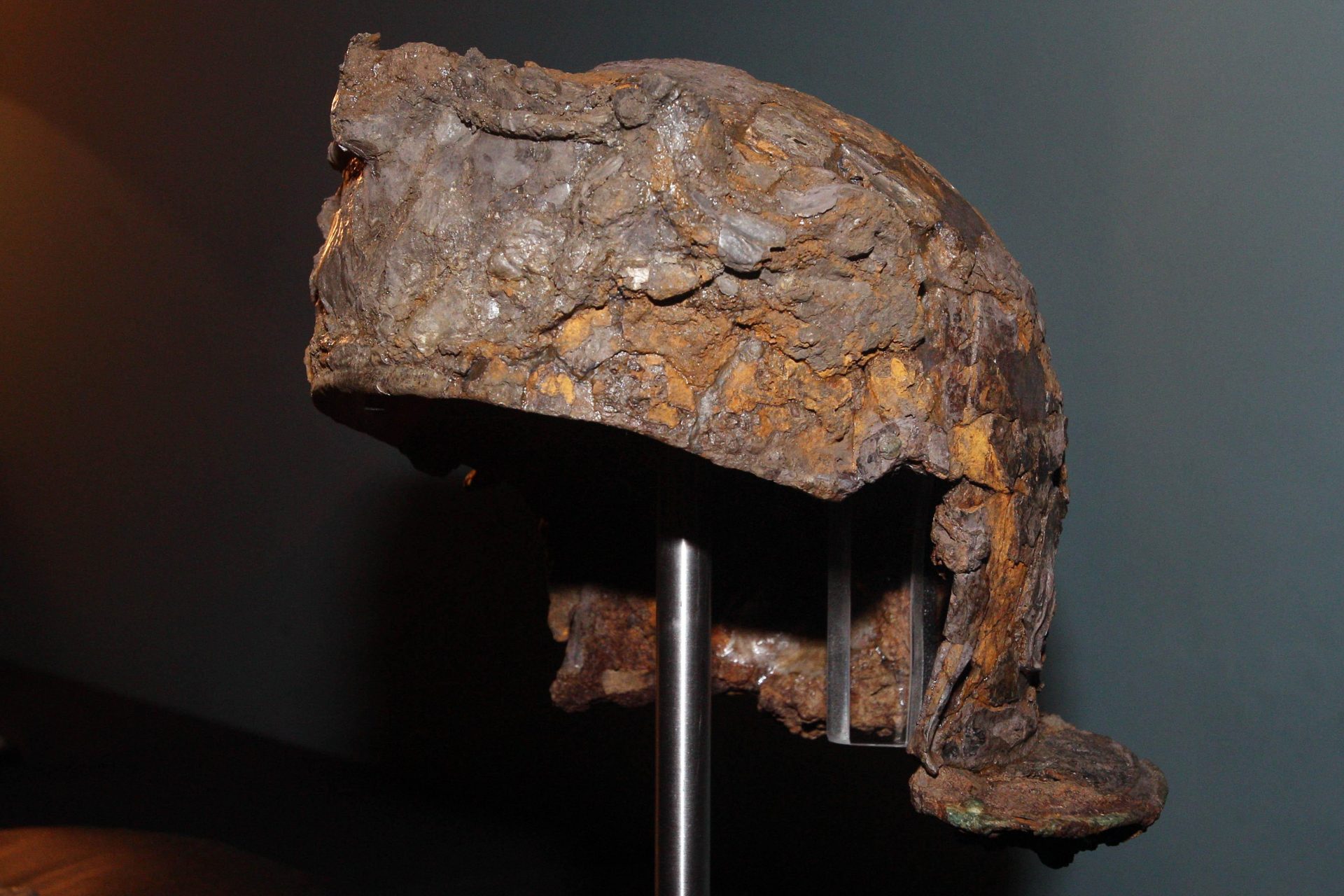Archeologists uncovered a really interesting ancient mosaic
New archeological discoveries are being made nearly every day and one of the most interesting in recent months was the unearthing of an ancient mosaic that could be one of the most important finds for understanding late Roman classical history.
Archeologists excavating the ruins of an ancient Roman theater in Türkiye found a stunning mosaic-tiled room. But there was very something special about this room so lets look at what the researchers discovered.
Unearthed in the ancient city of Prusias ad Hypsium, the mosaic was found in very good condition and depicts two lions looking at a pine tree with drums and a pan flute hanging above the lion’s heads according to a description from one official.
Prusias ad Hypsium is located near the modern-day town of Konuralp in the province of Düzce in northern Türkiye and it has been the site of many recent discoveries, including the unearthing of a statue of Alexander the Great in September 2023.
“We discovered a unique mosaic in Türkiye. This mosaic is an important element of the Ancient Theater here that has not come to light,” Düzce Mayor Faruk Özlü was quoted as saying by Hurriyet Daily News.
"This is the fourth important artifact we found, a work called the Lion Mosaic,” the mayor of Düzce added. "Archaeologists state that it is a unique artifact.”
Statues of the Greek gorgon Medusa and Greek god Apollo were also unearthed at the site in Düzce, but they paled in comparison to the discovery of the lion mosaic room and the evidence it might reveal about life in the late Roman period.
According to Arkeonews, the mosaic revealed that the excavation site was probably an area related to the Cult of Dionysus. The pan flute and drums were a clear giveaway but the room still had a lot to teach experts about life art at that time.
Due to the nature of the room, it has the potential to help researchers better understand the overall way of life of the society that built the room, meaning we might gain insight into their beliefs, traditions, and values.
However, beyond the social-cultural value of the find, the discovery of the mosaic was an extremely well-preserved example of this type of art form. Made from very beautifully processed glass, the mosaic included a multitude of colors and patterns.
The tiling on the mosaic consists of white, blue, yellow, green, and brown tesserae. A tesserae is a piece of stone, glass, or ceramic that is used in the creation of a mosaic according to a description from Encyclopedia Britannica.
Photo Credit: Wiki Commons By Trevinci L.B. Italy - Own work, CC BY-SA 4.0
A statement for the Konuralp Museum Directorate quoted by Hurriyet Daily News said that it was determined that the room itself was once covered in marble plates covering mortar and that the area was facing a north-south axis.
The entire flooring of the room was covered in the tiled lion mosaic but the majority of it was not the depiction of the lions but rather a very complicated geometrical pattern that formed a border for the depictions of the lions.
The discovery of such luxuries in the ancient city of Prusias ad Hypsium makes sense because the city was known as the 'Ephesus of the Western Black Sea' according to Hurriyet Daily News, which noted the theaters date back to the third century.
Photo Credit: Wiki Commons By Benh LIEU SONG - Own work, CC BY-SA 3.0
Heritage Daily’s report on the find noted Prusias ad Hypium was a Bythinian city before it was annexed by Rome in 74 BC: “The city flourished as a significant trading hub, maintaining autonomy in its local governance and even issuing its own currency.”
Photo Credit: Wiki Commons By Ingeborg Simon - Own work, CC BY-SA 3.0
The ancient remains of Prusias ad Hypium were rediscovered in the nineteenth century and excavations have been ongoing for the better part of a century, The city is famous for its Hellenistic period theater ‘The Forty Stairs,’ the name given to it by the excavation site by its locals.
Artifacts discovered at Prusias ad Hypium are exhibited in the archeology hall of the Konuralp Museum, which Hurriyet Daily News noted was opened in 2003 and mostly houses artifacts from the late-Roman period of the city’s history.
More for you
Top Stories



